The Truth about Biodegradable Plastics
In recent years, biodegradable plastics have emerged as a beacon of hope in the battle against plastic pollution. With headlines touting their eco-friendliness and ability to decompose, it's easy to understand why many people are drawn to the idea of using these materials. But what’s the real story behind biodegradable plastics? Are they the miracle solution we’ve been waiting for, or just another marketing gimmick? This article explores the reality of biodegradable plastics, their environmental impact, and the misconceptions surrounding them. We will discuss their benefits, limitations, and the future of sustainable materials.
Biodegradable plastics are designed to break down more quickly than traditional plastics, but what does that really mean? At their core, these materials are made from natural substances, which allows them to decompose through the action of microorganisms. Unlike conventional plastics, which can take hundreds of years to break down, biodegradable plastics can decompose in a matter of months under the right conditions. This section dives into the science behind these materials, explaining how their composition and degradation processes set them apart from their non-biodegradable counterparts.
There are various types of biodegradable plastics, each with unique properties and applications. Understanding these differences is crucial for making informed choices about their use. The most common types include:
- PLA (Polylactic Acid)
- PHA (Polyhydroxyalkanoates)
- Starch-based Plastics
Each of these categories has its own strengths and weaknesses, making them suitable for different applications in the marketplace. Let’s take a closer look at these types and what they bring to the table.
PLA is a popular biodegradable plastic made from renewable resources like corn starch. This material is celebrated for its versatility and lower environmental impact compared to traditional plastics. The production process involves fermenting sugars derived from plants to create lactic acid, which is then polymerized to form PLA. Its applications are vast, ranging from packaging materials to disposable tableware, and even in 3D printing. The growing demand for PLA in various industries highlights its potential as a sustainable alternative.
PLA is widely used in numerous applications due to its favorable properties. Some of the most common uses include:
- Food packaging
- Disposable cutlery and plates
- 3D printing filaments
As consumers become more eco-conscious, industries are increasingly adopting PLA to meet sustainability goals and reduce their carbon footprint.
Despite its benefits, PLA is not without its limitations. One significant challenge is its performance in high temperatures; PLA can deform when exposed to heat, making it unsuitable for certain applications, such as hot beverage cups. Additionally, while PLA is biodegradable, it requires specific industrial composting facilities to break down effectively. This raises questions about the practicality of using PLA in everyday products, as many consumers may not have access to the necessary composting resources.
PHA is another type of biodegradable plastic produced by microorganisms through the fermentation of organic materials. Unlike PLA, which is derived from plant starch, PHA can be synthesized from a variety of feedstocks, including waste materials. This flexibility makes PHA a promising candidate for sustainable plastic alternatives. Its properties allow it to biodegrade in both industrial and natural environments, giving it a distinct advantage over other biodegradable plastics.
While biodegradable plastics are marketed as eco-friendly, their environmental impact varies significantly. It’s crucial to analyze their effects on waste management systems and ecosystems. For instance, if biodegradable plastics end up in landfills, they may not decompose as intended due to the lack of oxygen and microorganisms. This raises concerns about their effectiveness in reducing plastic pollution. Moreover, when comparing biodegradable plastics to traditional plastics, it’s important to consider the entire lifecycle of the materials, from production to disposal.
Biodegradable plastics often require specific conditions to decompose effectively. This means that without the right composting facilities, these materials may not break down properly. It’s essential to create robust composting systems that can handle biodegradable plastics to ensure they fulfill their promise of sustainability. Additionally, recycling systems need to be adapted to accommodate these materials, as mixing them with traditional plastics can contaminate recycling streams.
Many misconceptions exist regarding biodegradable plastics, including the belief that they will break down in natural environments like oceans or landfills. In reality, most biodegradable plastics require controlled conditions to decompose effectively. This section clarifies these myths and presents the reality of their degradation process, emphasizing the need for proper disposal methods to ensure their environmental benefits are realized.
The future of biodegradable plastics looks promising as technology advances. Ongoing research is focusing on improving the properties of these materials, making them more versatile and easier to use. Innovations in production processes may lead to the development of new types of biodegradable plastics that can better meet the demands of consumers and industries alike. Additionally, potential policy changes could support the growth of sustainable materials, paving the way for a greener future.
Q: Are biodegradable plastics truly eco-friendly?
A: While biodegradable plastics can reduce environmental impact, their effectiveness depends on proper disposal methods and the conditions under which they decompose.
Q: Can I compost biodegradable plastics at home?
A: Most biodegradable plastics require industrial composting facilities to break down effectively. Home composting may not provide the necessary conditions.
Q: What happens if biodegradable plastics end up in a landfill?
A: In a landfill, biodegradable plastics may not decompose as intended due to a lack of oxygen and microorganisms, which can lead to environmental issues.
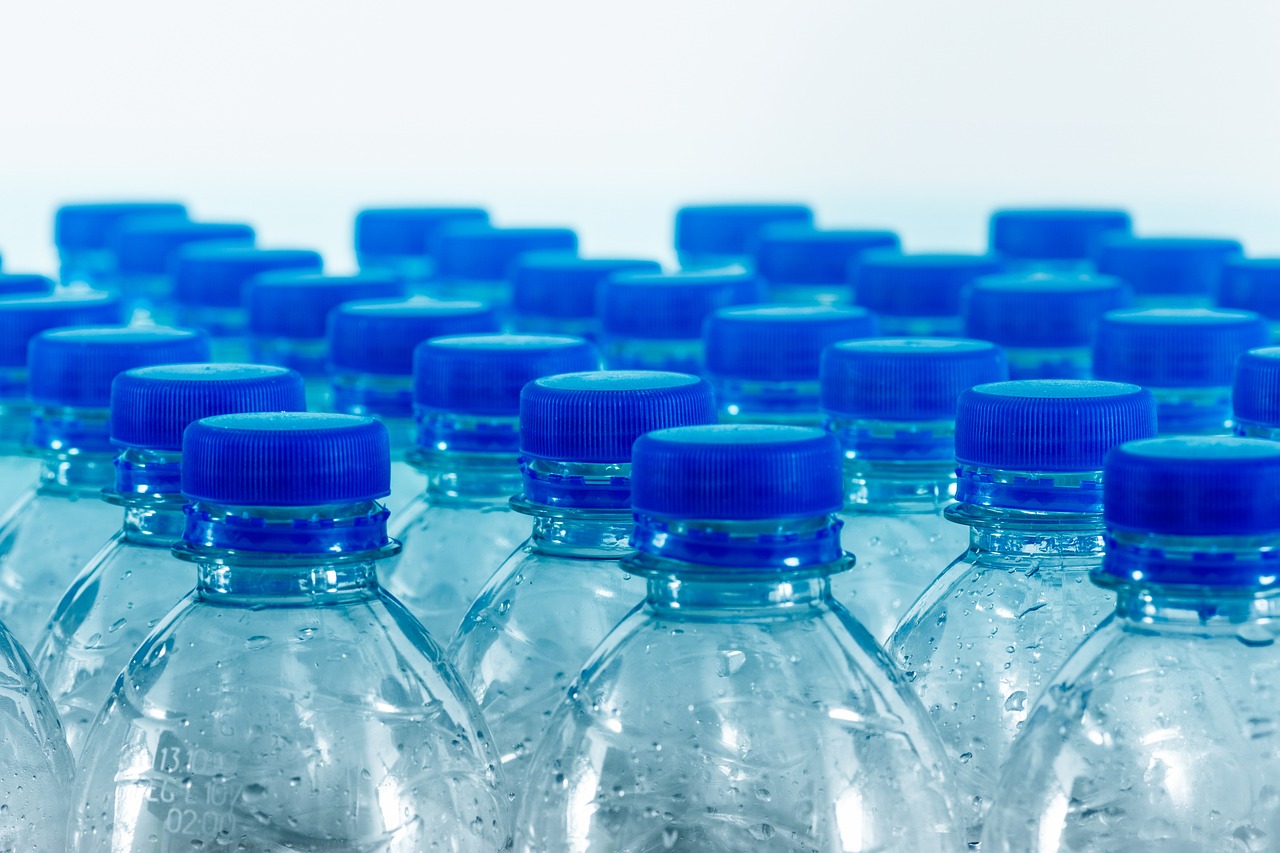
Understanding Biodegradable Plastics
Have you ever wondered what happens to that plastic cup after you toss it in the trash? Traditional plastics can linger in landfills for centuries, causing significant environmental issues. Enter biodegradable plastics, which are designed to break down more quickly than their conventional counterparts. But what does "biodegradable" really mean? It's not just a buzzword; it's a science-driven concept aimed at reducing our ecological footprint.
Biodegradable plastics are crafted from natural materials, such as starch, cellulose, or polylactic acid (PLA), which can decompose through the action of living organisms, primarily microbes. Unlike traditional plastics, which are petroleum-based and can take hundreds of years to degrade, biodegradable plastics can break down in a matter of months to a few years, depending on their composition and environmental conditions. This decomposition process can occur in various settings, including composting facilities and, in some cases, even in marine environments.
So, how do these materials differ from conventional plastics? The key lies in their composition and degradation processes. While traditional plastics are made from fossil fuels, leading to a significant carbon footprint, biodegradable plastics are often derived from renewable resources. This not only helps in reducing greenhouse gas emissions but also promotes a circular economy, where materials are reused and recycled rather than discarded.
However, understanding biodegradable plastics isn't just about their environmental benefits; it's also about recognizing their limitations. Many biodegradable plastics require specific conditions to decompose effectively. For example, they often need higher temperatures and controlled humidity levels found in industrial composting facilities. If they end up in a landfill, where conditions are much less favorable, they may not break down as intended. This brings us to the critical point: while biodegradable plastics offer a promising alternative, they are not a panacea for the plastic pollution crisis.
To further complicate matters, the term "biodegradable" can be misleading. Some products labeled as biodegradable may only break down under specific conditions, leading to consumer confusion. It’s essential for consumers to understand the different types of biodegradable plastics and their respective properties to make informed choices. In the next sections, we will delve deeper into the various types of biodegradable plastics, their applications, and their potential as sustainable materials.
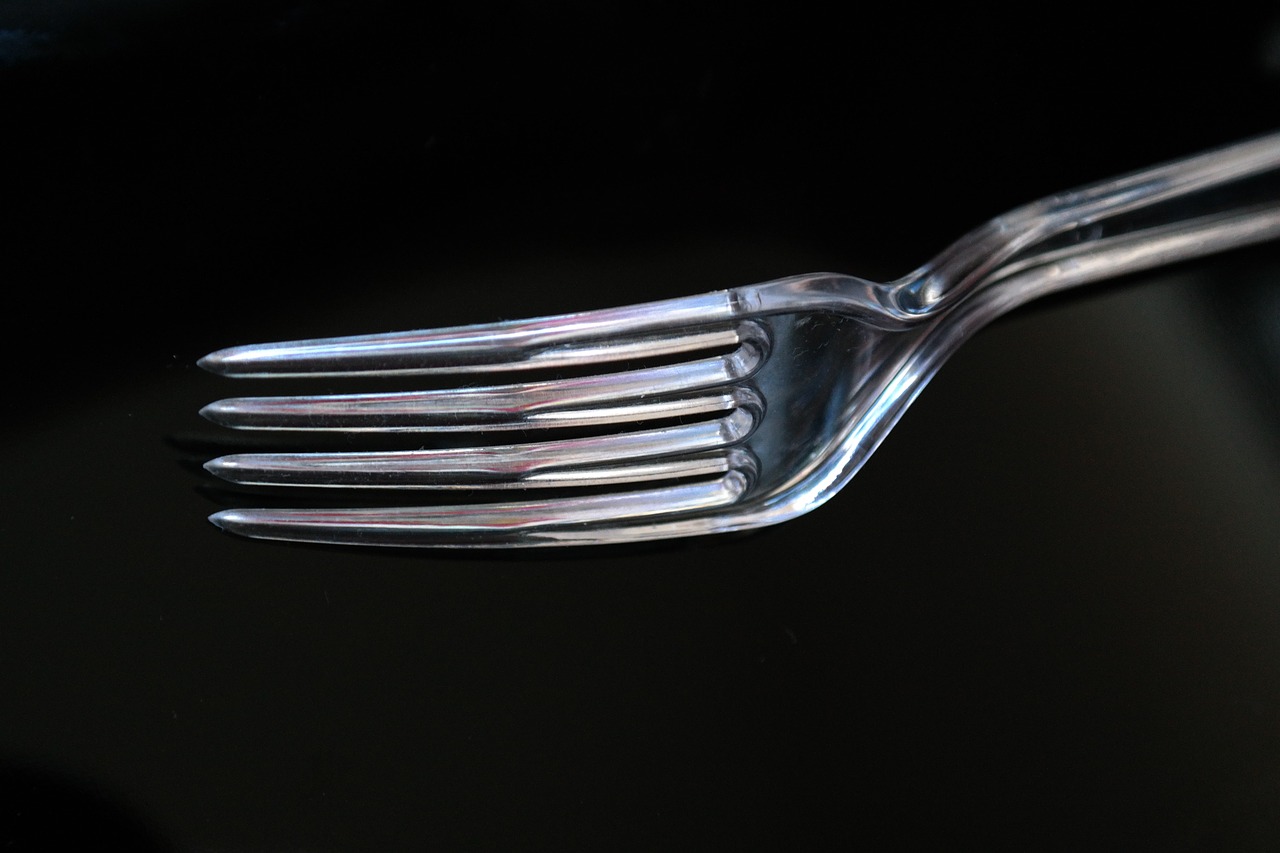
Types of Biodegradable Plastics
When it comes to biodegradable plastics, it’s crucial to understand that not all of them are created equal. Each type has its unique properties, production methods, and applications. The three most common categories of biodegradable plastics include PLA (Polylactic Acid), PHA (Polyhydroxyalkanoates), and starch-based plastics. These materials are gaining popularity as they present viable alternatives to traditional petroleum-based plastics, which are notorious for their environmental harm.
PLA is perhaps the most recognized biodegradable plastic, made primarily from renewable resources such as corn starch or sugarcane. Its production process involves fermentation, where sugars are converted into lactic acid, which is then polymerized to form PLA. This plastic is particularly favored in the packaging industry due to its versatility and ease of use. From food containers to disposable utensils, PLA is everywhere! However, it’s essential to note that while PLA is biodegradable, it requires industrial composting facilities to break down effectively, as it does not decompose well in home composting setups.
Moving on to PHA, this biodegradable plastic is produced by microorganisms through the fermentation of organic materials. PHA is unique because it can degrade in various environments, including soil and marine settings, which gives it an edge over other biodegradable plastics. Its applications range from medical devices to packaging, making it a promising candidate for a wide variety of uses. However, the production of PHA is currently more expensive than that of PLA, which limits its widespread adoption.
Another significant category includes starch-based plastics. These are typically made from a blend of starch and other biodegradable materials. They are often used in applications that require less durability, such as bags for fruits and vegetables or in packaging that is meant to be disposed of quickly. A notable advantage of starch-based plastics is their ability to biodegrade in both industrial and home composting environments, making them a more accessible option for consumers who want to make environmentally friendly choices.
To summarize, the table below illustrates the key differences among these biodegradable plastics:
| Type | Source | Degradation Environment | Common Applications |
|---|---|---|---|
| PLA | Corn Starch | Industrial Composting | Packaging, Disposable Utensils, 3D Printing |
| PHA | Microorganisms | Soil, Marine, Industrial | Medical Devices, Packaging |
| Starch-Based | Starch Blends | Home and Industrial Composting | Food Bags, Quick-Use Packaging |
In conclusion, biodegradable plastics offer a glimpse into a more sustainable future, but it’s essential to choose the right one for your needs. Understanding the differences between PLA, PHA, and starch-based plastics can help consumers and businesses make informed decisions that align with their environmental goals.
- What are biodegradable plastics made from? Biodegradable plastics can be made from renewable resources like corn starch, sugarcane, or through microbial fermentation.
- Do biodegradable plastics decompose in landfills? Generally, biodegradable plastics require specific conditions to break down effectively, meaning they may not decompose properly in typical landfill environments.
- Can I compost biodegradable plastics at home? Some biodegradable plastics can be composted at home, but many require industrial composting facilities for optimal degradation.
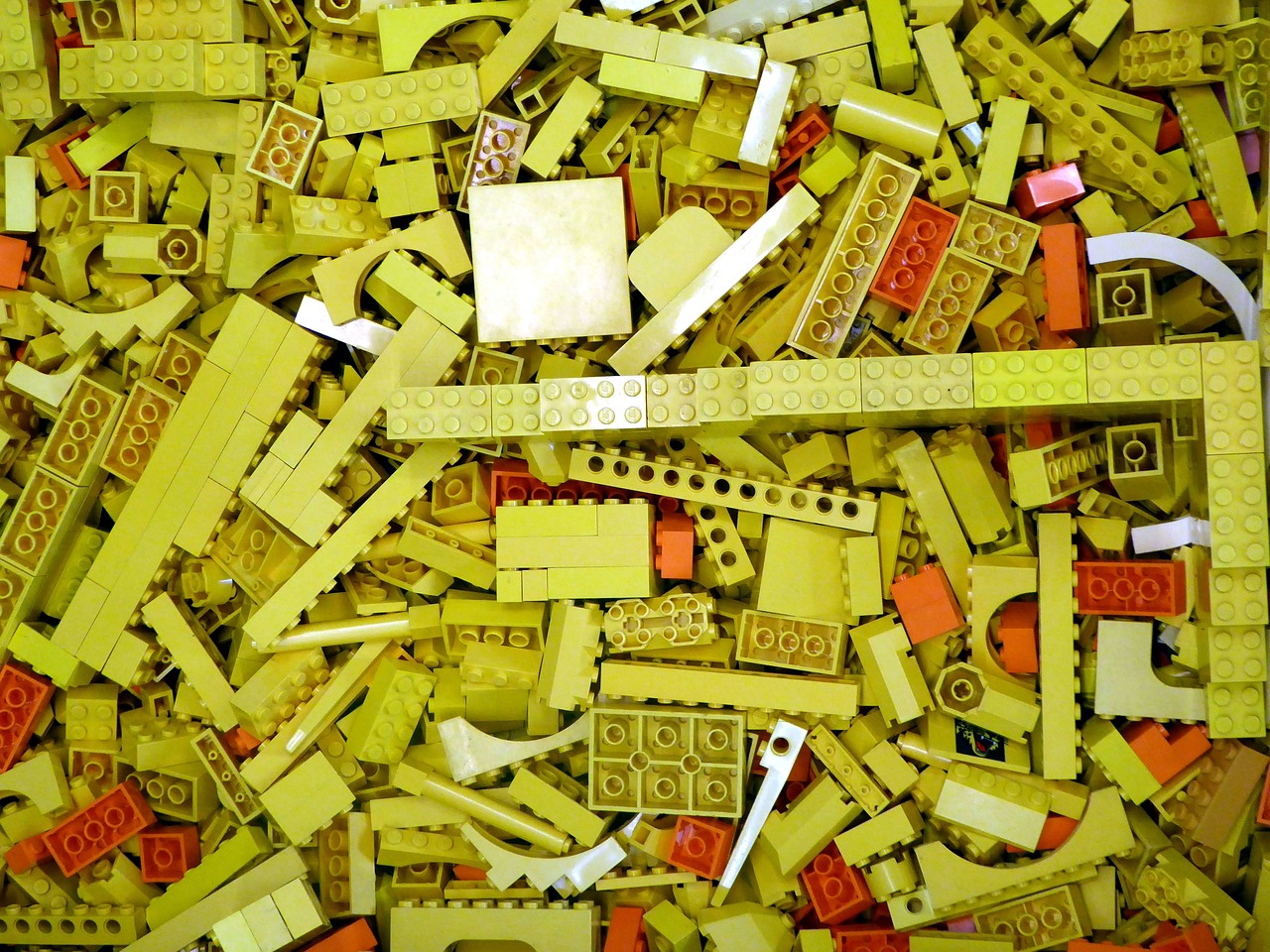
PLA (Polylactic Acid)
Polylactic Acid (PLA) is one of the most well-known biodegradable plastics, gaining popularity for its eco-friendly characteristics. Derived from renewable resources such as corn starch or sugarcane, PLA is a shining example of how we can harness nature's resources to develop sustainable materials. But what makes PLA so special? Well, it’s not just about being biodegradable; it's also about how it’s produced and its wide range of applications.
The production process of PLA begins with the fermentation of sugars obtained from plants. This fermentation leads to the creation of lactic acid, which is then polymerized to form PLA. This transformation from organic materials to a versatile plastic is akin to turning grapes into wine—both processes rely on nature's ability to ferment and transform. The result? A plastic that can break down more readily than traditional petroleum-based plastics, given the right conditions.
PLA is celebrated for its versatility and is used in various applications. Here are some notable uses:
- Packaging: PLA is widely used in food packaging due to its ability to maintain freshness while being compostable.
- Disposable Tableware: From plates to cutlery, PLA is a popular choice for single-use items that can reduce landfill waste.
- 3D Printing: The 3D printing community has embraced PLA for its ease of use and ability to create detailed designs.
With its growing demand, PLA represents a significant step towards reducing our reliance on fossil fuels. However, it’s essential to understand that PLA is not without its challenges. For instance, its performance in high-temperature environments can be a limiting factor. Unlike traditional plastics, which can withstand heat, PLA tends to soften at temperatures above 60°C (140°F). This characteristic can restrict its use in applications requiring durability and heat resistance, such as hot food containers or certain industrial applications.
In summary, PLA stands as a beacon of hope in the quest for sustainable materials. Its ability to decompose more readily than conventional plastics, coupled with its diverse applications, positions it as a vital player in the shift towards a greener future. However, as we embrace PLA, we must also navigate its limitations and continue to innovate in the field of biodegradable plastics.
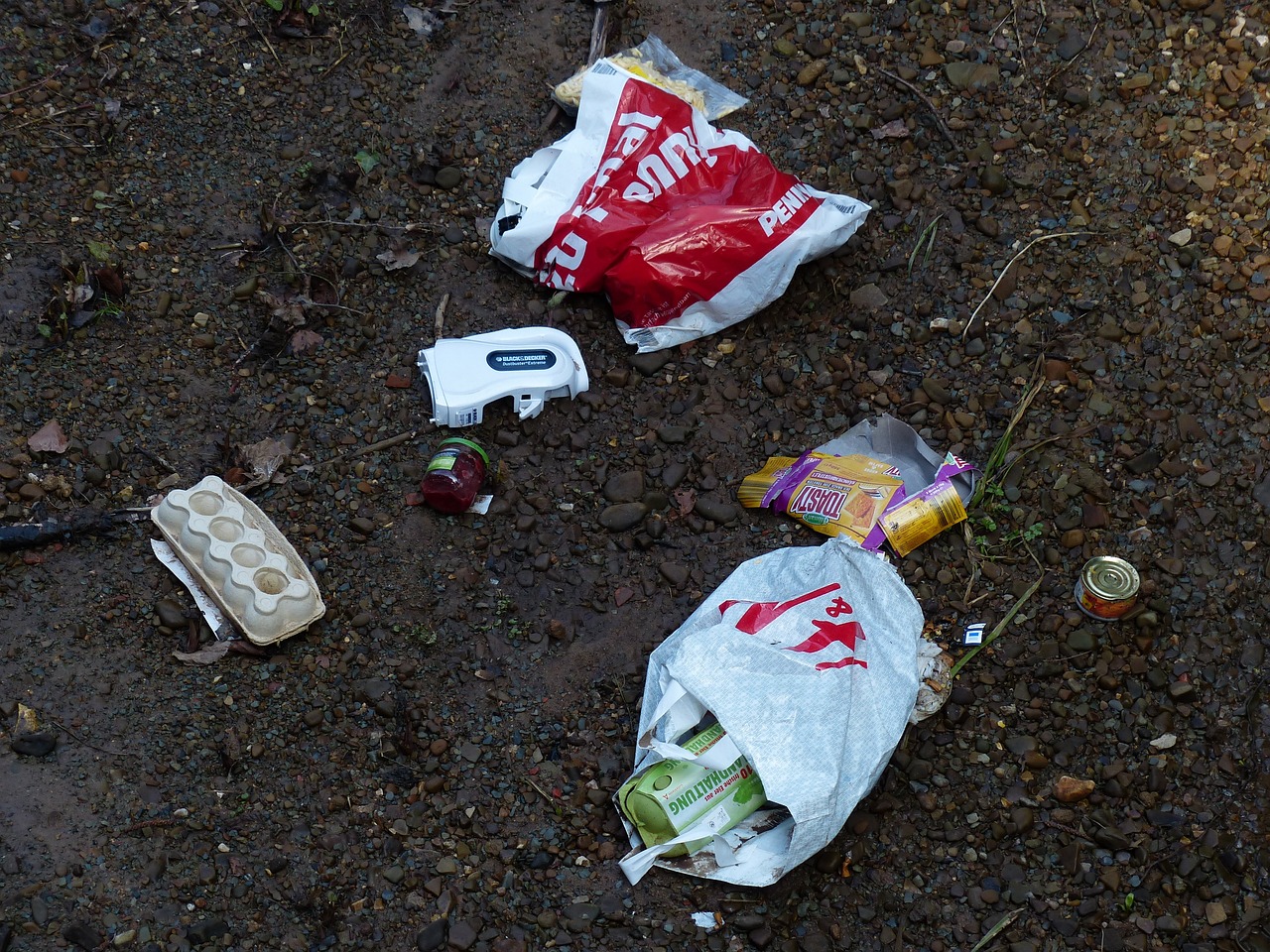
Applications of PLA
Polylactic Acid, or PLA, is making waves in the world of sustainable materials, and for good reason. This biodegradable plastic is not just a trend; it’s carving out a niche in various industries thanks to its versatility and eco-friendly nature. One of the most exciting aspects of PLA is its ability to be produced from renewable resources, such as corn starch and sugarcane, making it a favorite among environmentally conscious manufacturers.
So, where exactly is PLA being used? Let’s dive into some of its key applications:
- Packaging: PLA is widely used in the packaging industry, especially for food products. Its ability to create biodegradable packaging solutions means that it can help reduce the plastic waste that typically ends up in landfills.
- Disposable Tableware: From plates to cutlery, PLA is a popular choice for disposable food service items. These products can break down naturally, offering a guilt-free alternative to traditional plastic disposables.
- 3D Printing: In the tech world, PLA is a go-to material for 3D printing enthusiasts. It’s easy to work with, comes in various colors, and is less harmful to the environment compared to other filaments.
- Textiles: PLA is also making its way into the fashion industry. Some brands are now creating biodegradable fabrics from PLA, which can significantly reduce the environmental impact of clothing production.
One of the standout features of PLA is its ability to be molded into various shapes and forms without compromising its integrity. This makes it an appealing choice for manufacturers looking to innovate while staying environmentally friendly. For instance, in the food packaging sector, PLA not only provides a barrier to moisture and oxygen but also offers a compostable option that can help reduce the carbon footprint of food distribution.
Additionally, PLA’s use in 3D printing has opened new doors for rapid prototyping and custom designs. Artists and engineers alike appreciate the ease with which PLA can be manipulated, allowing for intricate designs that are both functional and sustainable. This adaptability is a game-changer in industries that prioritize both creativity and environmental responsibility.
However, it’s essential to remember that while PLA has numerous applications, its performance can be temperature-sensitive, making it less suitable for high-heat environments. This limitation is something manufacturers must consider when choosing materials for specific applications. Still, the benefits of PLA, especially in terms of reducing plastic waste, are undeniable and continue to drive its adoption across various sectors.
In conclusion, the applications of PLA are diverse and expanding. As more industries recognize the importance of sustainability, PLA stands out as a viable alternative to traditional plastics. Not only does it meet the functional requirements of various products, but it also aligns with the growing demand for environmentally friendly solutions. The future looks bright for PLA as it paves the way for a greener tomorrow.
Q1: Is PLA completely biodegradable?
A1: PLA is biodegradable under industrial composting conditions, but it may not break down as effectively in natural environments like home composting or landfills.
Q2: Can PLA be recycled?
A2: PLA can be recycled, but it should not be mixed with traditional plastics in recycling bins. It requires specific facilities that can process biodegradable plastics.
Q3: What are the temperature limitations of PLA?
A3: PLA has a lower melting point compared to conventional plastics, typically around 60°C (140°F), which limits its use in high-temperature applications.
Q4: How does PLA compare to traditional plastics in terms of environmental impact?
A4: PLA generally has a lower carbon footprint than traditional plastics, as it is made from renewable resources and is designed to be biodegradable, reducing long-term waste.
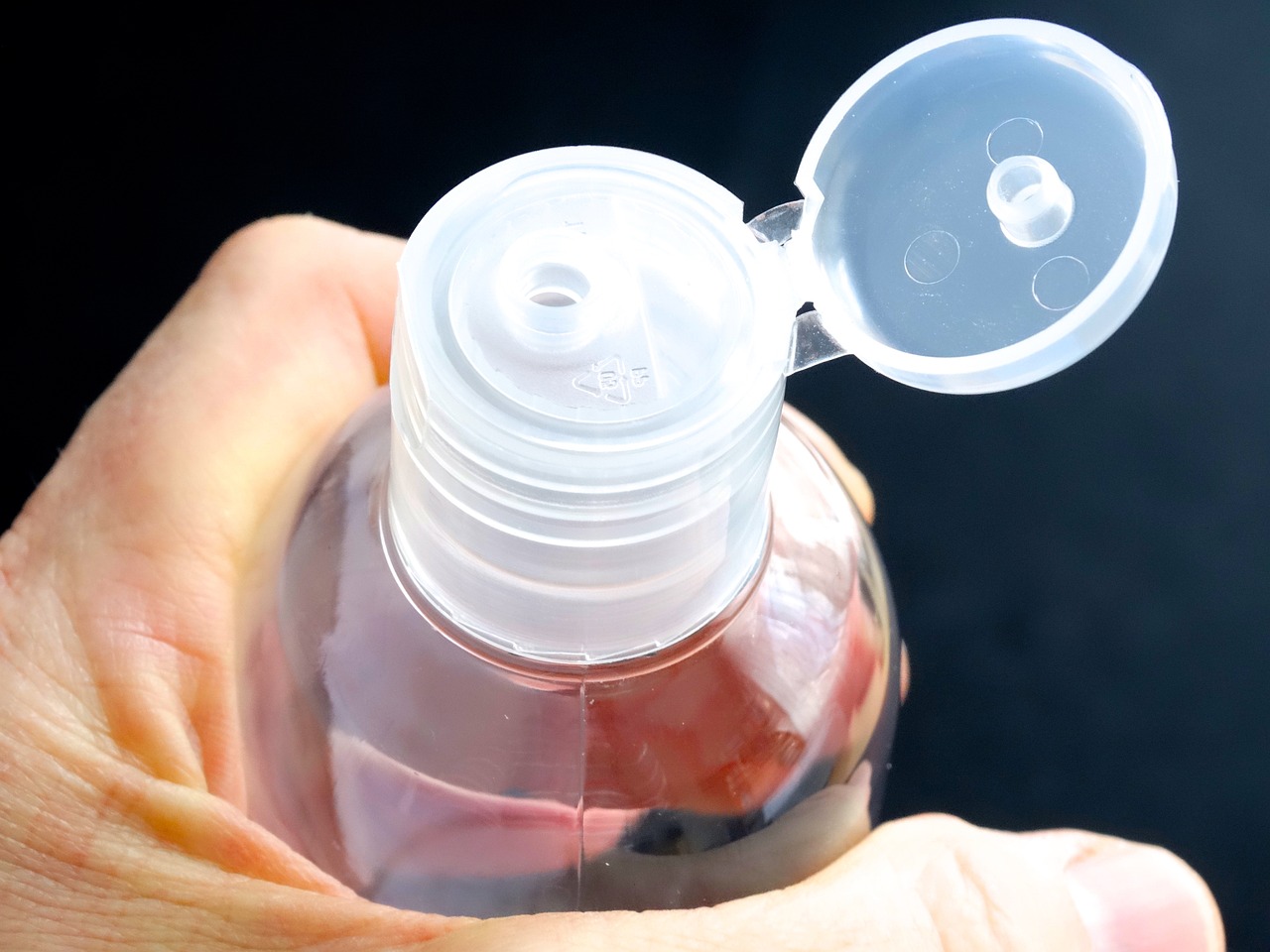
Limitations of PLA
While PLA (Polylactic Acid) has gained significant traction as a biodegradable alternative to traditional plastics, it comes with its own set of limitations that can hinder its effectiveness in various applications. One of the most notable drawbacks is its thermal stability. PLA has a relatively low melting point, typically around 60-65°C (140-149°F). This means that it can deform or lose its structural integrity when exposed to higher temperatures, making it unsuitable for products that need to withstand heat, such as microwaveable containers or items left in hot environments.
Another limitation of PLA is its moisture sensitivity. Unlike conventional plastics, which can resist moisture and humidity, PLA can absorb water, which can lead to degradation and loss of mechanical properties over time. This characteristic makes PLA less ideal for applications in humid conditions or where prolonged exposure to moisture is expected.
Additionally, the degradation process of PLA is not as straightforward as one might think. While it is marketed as biodegradable, PLA requires specific conditions—such as high temperatures and controlled environments—typically found in industrial composting facilities. In natural environments, like soil or oceans, PLA can take much longer to break down, leading to concerns about its actual environmental impact. This misunderstanding can lead consumers to believe that PLA products will decompose rapidly in landfills or the ocean, which is not the case.
Moreover, the production of PLA involves the use of agricultural resources, such as corn, which can lead to other environmental issues, including land use change and potential competition with food crops. This raises questions about the sustainability of using food resources for plastic production, especially in regions facing food security challenges.
In summary, while PLA presents a promising alternative to traditional plastics, it is essential to be aware of its limitations. Understanding these challenges can help consumers and industries make informed decisions about its use and encourage the development of more effective biodegradable materials.
- What is PLA made from? PLA is primarily made from renewable resources, such as corn starch or sugarcane.
- Can PLA be recycled? PLA can be recycled, but it requires specialized facilities that can process biodegradable plastics.
- How long does it take for PLA to decompose? In industrial composting conditions, PLA can decompose within a few months, but in natural environments, it may take years.
- Is PLA safe for food contact? Yes, PLA is generally considered safe for food contact, but it’s essential to check for specific certifications.

PHA (Polyhydroxyalkanoates)
Polyhydroxyalkanoates, or PHA, are a fascinating class of biodegradable plastics that are produced by microorganisms through the fermentation of sugars or lipids. Unlike traditional plastics, which are derived from fossil fuels, PHA is a renewable resource that showcases nature's ability to create sustainable materials. This makes PHA an exciting alternative in the quest for eco-friendly solutions to plastic pollution. The production process of PHA involves the accumulation of polyhydroxyalkanoate granules by bacteria as they metabolize organic materials. Imagine tiny factories of nature, working tirelessly to produce a material that can help us tackle one of the biggest environmental challenges of our time!
One of the most appealing features of PHA is its versatility. It can be engineered to have a range of properties, making it suitable for various applications. For instance, PHA can be tailored to be flexible or rigid, depending on the intended use. This adaptability means that PHA can be used in everything from packaging materials to medical devices. In fact, some researchers are even exploring its potential in 3D printing, where its biodegradable nature could lead to more sustainable production methods.
However, like any innovative material, PHA is not without its challenges. The production costs of PHA are currently higher than those of conventional plastics, primarily due to the complex fermentation processes and the need for specific microbial strains. Additionally, while PHA is biodegradable, the conditions required for its degradation can be quite specific. This raises questions about how well PHA will perform in different environments, particularly in marine settings where many plastics end up.
| Property | PHA | Conventional Plastics |
|---|---|---|
| Source | Renewable resources (microorganisms) | Fossil fuels |
| Biodegradability | Yes, under specific conditions | No |
| Applications | Packaging, medical devices, 3D printing | Wide range (but not eco-friendly) |
| Production Cost | Higher | Lower |
As we look to the future, ongoing research is crucial for overcoming these hurdles. Scientists are working on developing more efficient production methods and exploring the use of waste materials as feedstocks for PHA production. This could significantly reduce costs and expand the use of PHA in everyday products. The potential for PHA to contribute to a circular economy is immense, as it not only provides a biodegradable alternative to conventional plastics but also aligns with the principles of sustainability and resource efficiency.
- What are the main benefits of PHA? PHA is biodegradable, derived from renewable resources, and can be tailored for various applications.
- How does PHA compare to other biodegradable plastics? PHA is unique in its production process and versatility, but it currently has higher production costs than some alternatives.
- Can PHA break down in natural environments? Yes, but it requires specific conditions to degrade effectively, which may not always be present in natural settings.
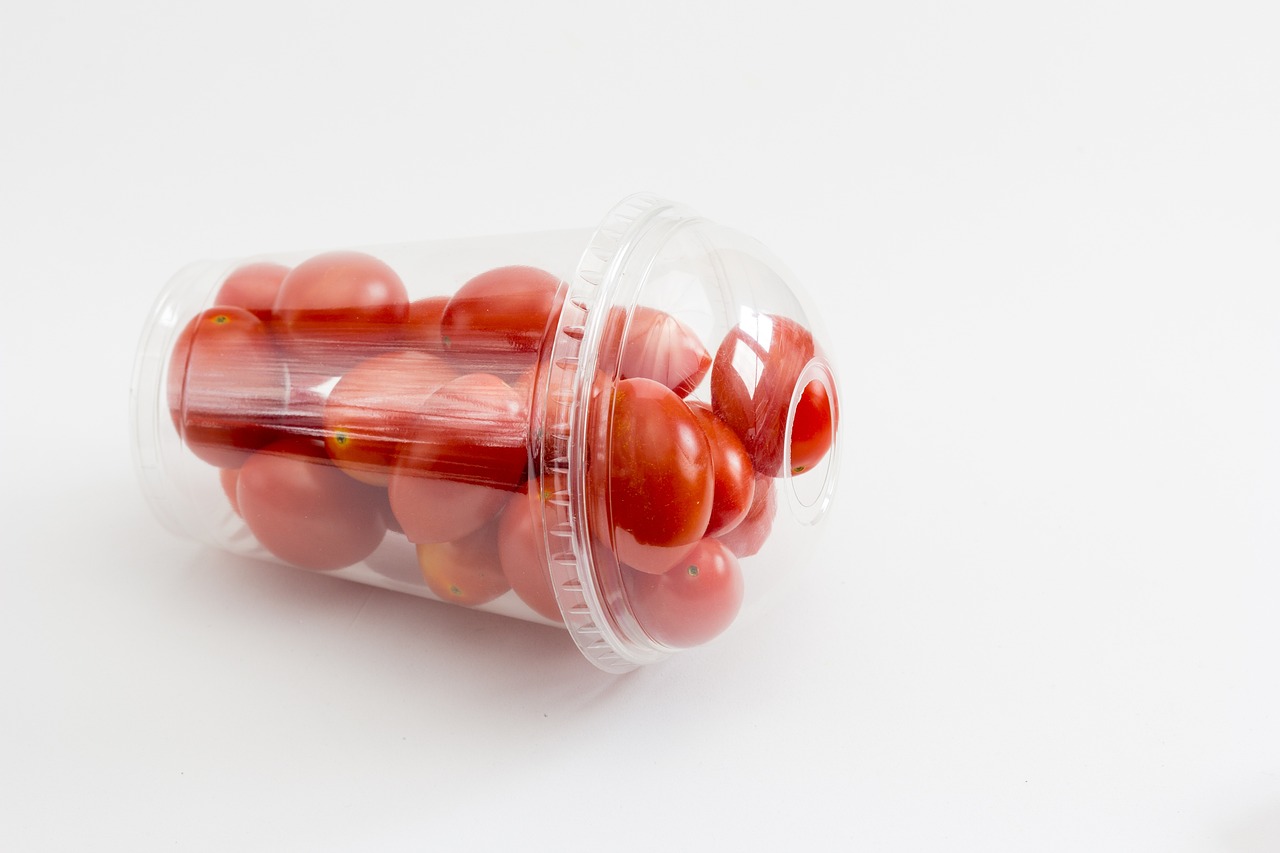
The Environmental Impact
When we hear the term biodegradable plastics, it’s easy to assume they are the ultimate solution to our plastic pollution crisis. However, the truth is a bit more nuanced. While these materials are designed to break down more quickly than traditional plastics, their environmental impact is not always as straightforward as it seems. Understanding how biodegradable plastics interact with our waste management systems and ecosystems is crucial for grasping their true effects.
One of the primary concerns surrounding biodegradable plastics is their degradation process. Unlike conventional plastics, which can take hundreds of years to decompose, biodegradable plastics are engineered to break down under specific conditions. This means that in a landfill, where oxygen and sunlight are limited, these materials may not decompose effectively. Instead, they could persist for just as long as traditional plastics, contributing to the very problem they were designed to solve.
To truly appreciate the environmental impact of biodegradable plastics, we need to consider the following factors:
- Waste Management Systems: Many waste management facilities are not equipped to handle biodegradable plastics effectively. If these materials end up in a regular landfill, their decomposition is severely hindered, leading to questions about their overall sustainability.
- Composting Requirements: For biodegradable plastics to break down as intended, they typically require industrial composting facilities that maintain specific temperature and humidity levels. Unfortunately, not all regions have access to such facilities, which limits the effectiveness of these materials.
- Environmental Conditions: Even in natural environments, biodegradable plastics may not decompose as quickly as expected. Factors like temperature, moisture, and microbial activity play significant roles in the degradation process, and without the right conditions, these materials can linger.
A recent study highlighted in the table below illustrates the differences in decomposition rates between biodegradable plastics and traditional plastics in various environments:
| Type of Plastic | Landfill (Years) | Composting Facility (Months) | Natural Environment (Years) |
|---|---|---|---|
| Traditional Plastic | 100+ | N/A | 100+ |
| PLA | 100+ | 6-12 | 2-5 |
| PHA | 10-20 | 3-6 | 1-3 |
This table underscores the importance of appropriate disposal methods for biodegradable plastics. Without access to industrial composting facilities, these materials may not fulfill their eco-friendly promise. Additionally, the environmental conditions necessary for their breakdown can vary widely, leading to inconsistent results in different regions.
Furthermore, the production of biodegradable plastics often involves the use of renewable resources, which can be a double-edged sword. While utilizing materials like corn starch or sugarcane can reduce reliance on fossil fuels, it can also lead to competition for agricultural land. This competition can drive up food prices and contribute to food scarcity in some areas, raising ethical concerns about our choices in material production.
In summary, while biodegradable plastics hold promise as a more sustainable alternative to traditional plastics, their environmental impact is complex and multifaceted. From their reliance on specific waste management systems to the conditions required for effective degradation, it’s clear that biodegradable plastics are not a one-size-fits-all solution. As consumers, we must remain informed and consider our choices carefully, advocating for comprehensive waste management strategies that can truly support the sustainability of these materials.
- Q: Can biodegradable plastics decompose in my backyard compost?
A: It depends on the type of biodegradable plastic. Many require industrial composting conditions to break down effectively. - Q: Are biodegradable plastics better for the environment than traditional plastics?
A: They can be, but their environmental benefits depend on proper disposal and the conditions in which they are placed. - Q: What should I do with biodegradable plastics?
A: If possible, compost them in an industrial facility that accepts them. Otherwise, follow your local waste management guidelines.
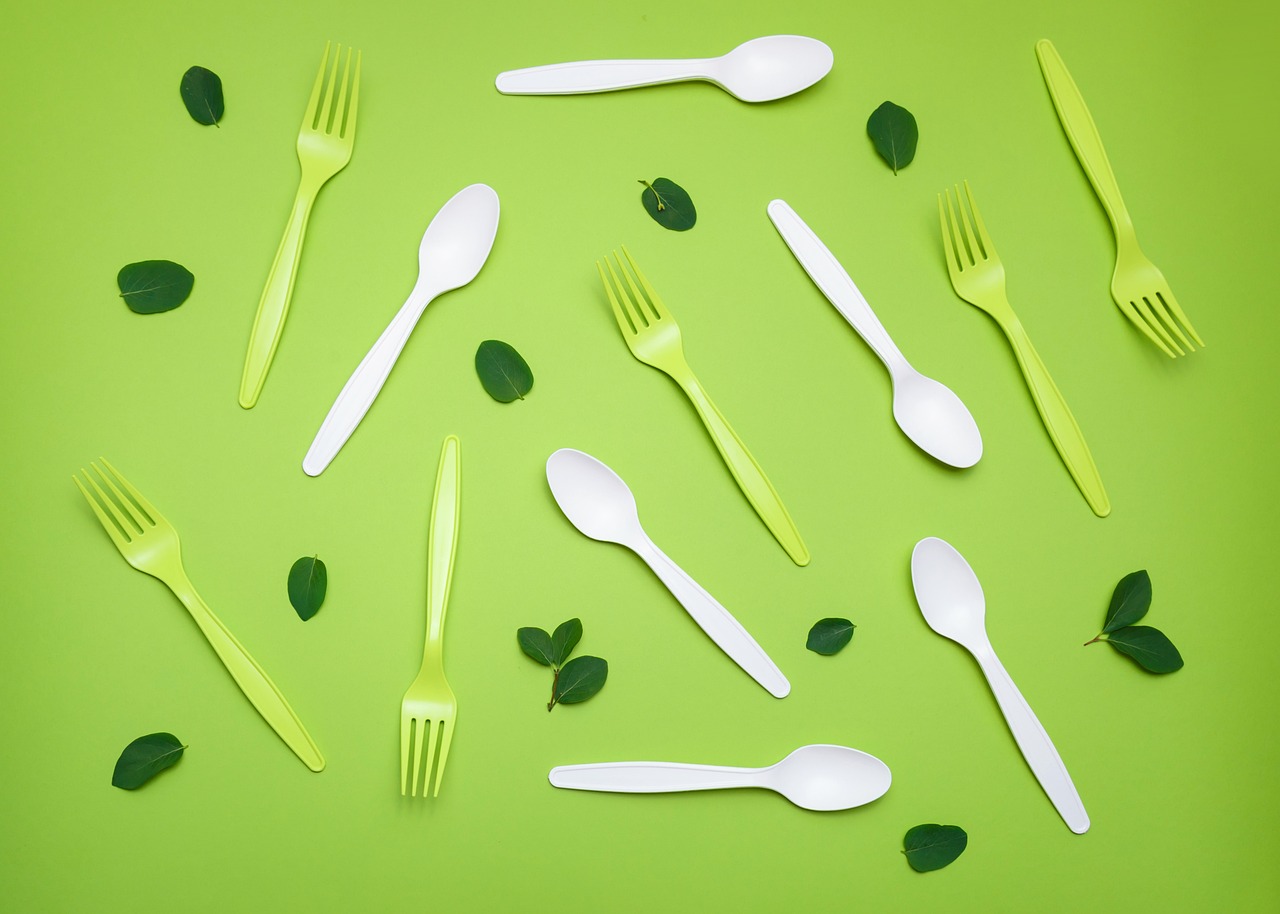
Composting and Recycling
When it comes to managing biodegradable plastics, the concepts of composting and recycling are crucial. However, many people assume that simply tossing these materials into the compost bin will lead to their swift decomposition. The reality is a bit more complicated. Biodegradable plastics often require specific conditions—like temperature, moisture, and microbial activity—to break down effectively. This means that not all composting facilities are equipped to handle them, and many end up in landfills where they may not decompose as intended.
In an ideal world, biodegradable plastics would be processed in specialized composting facilities that can provide the right environment for their breakdown. Unfortunately, these facilities are not universally available, leading to a significant challenge in managing these materials sustainably. In fact, without proper composting methods, biodegradable plastics can linger in the environment for years, undermining their intended purpose.
Moreover, recycling biodegradable plastics can be equally tricky. Many recycling programs do not accept them due to their different chemical compositions compared to traditional plastics. This creates a dilemma for consumers who want to make eco-friendly choices but are unsure how to dispose of these materials properly. To illustrate this point, here’s a quick comparison of traditional plastic recycling and biodegradable plastic management:
| Aspect | Traditional Plastics | Biodegradable Plastics |
|---|---|---|
| Recyclability | Widely accepted in recycling programs | Often not accepted, needs specialized facilities |
| Decomposition Time | Hundreds of years | Varies, requires specific conditions |
| Environmental Impact | Pollution and landfill accumulation | Potentially less harmful if composted correctly |
To maximize the benefits of biodegradable plastics, it’s essential for both consumers and waste management systems to be educated on the proper disposal methods. This includes understanding the types of biodegradable plastics available and the specific requirements for composting them. As we push towards a more sustainable future, the integration of biodegradable plastics into existing waste management systems will be a key factor in their success.
- Can I compost biodegradable plastics at home? - It depends on the type of biodegradable plastic and your composting setup. Most home composts do not reach the temperatures required for effective breakdown.
- Are all biodegradable plastics the same? - No, there are different types with varying properties and degradation processes.
- What happens if biodegradable plastics end up in a landfill? - They may not decompose effectively due to the low oxygen and moisture levels, leading to environmental concerns.
- How can I find out if my local recycling program accepts biodegradable plastics? - Check with your local waste management authority for guidelines on what can be recycled.
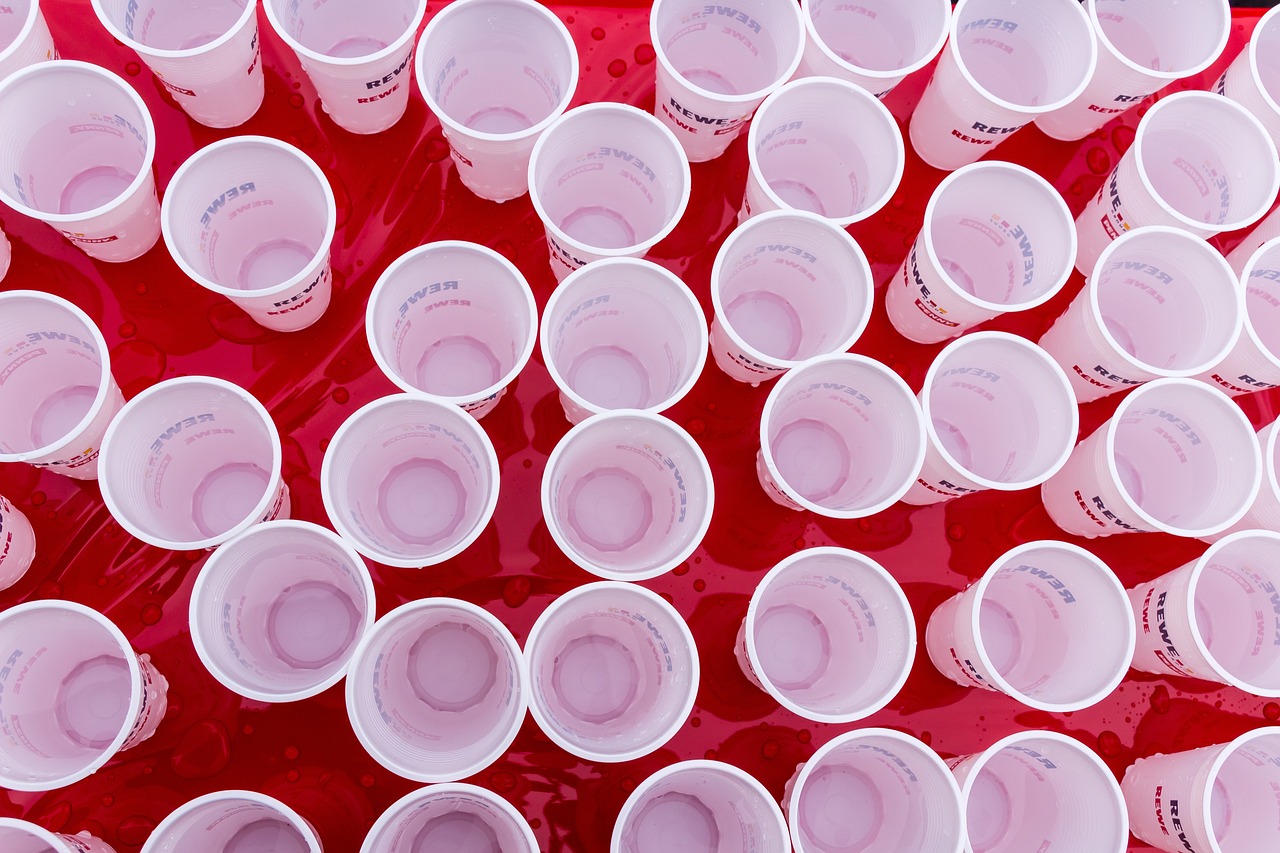
Misconceptions about Biodegradable Plastics
When it comes to biodegradable plastics, there are a plethora of misunderstandings that can cloud our judgment. Many people assume that just because a plastic is labeled as biodegradable, it will seamlessly break down in any environment. This is far from the truth! In reality, biodegradable plastics often require specific conditions to decompose effectively, which leads to the first misconception: that they will degrade in a landfill.
Contrary to popular belief, most biodegradable plastics do not break down efficiently in traditional landfill settings. In fact, they tend to remain intact for a significant amount of time because landfills are designed to minimize decomposition. The lack of oxygen and moisture in these environments means that even biodegradable options can contribute to the growing waste problem. This misconception can lead to a false sense of security among consumers, who might think they are making environmentally friendly choices just by opting for biodegradable products.
Another common myth is that all biodegradable plastics are created equal. This is misleading, as there are various types of biodegradable plastics, each with its own specific degradation process. For example, some biodegradable plastics, like PLA, require industrial composting facilities to break down effectively. In contrast, others, like PHA, can decompose in natural environments, but the conditions need to be just right. This variability can confuse consumers and manufacturers alike, leading to inappropriate disposal methods that ultimately harm the environment.
Furthermore, many people believe that biodegradable plastics are a complete solution to the plastic pollution crisis. While they do offer some advantages over traditional plastics, such as being derived from renewable resources, they are not a silver bullet. It's crucial to remember that the best way to combat plastic pollution is to reduce and reuse before we even consider alternatives. Biodegradable plastics should be viewed as part of a broader strategy for sustainable materials rather than a standalone fix.
To clarify these misconceptions, let's take a look at a few key points:
- Not all biodegradable plastics break down in landfills. They often need specific conditions to decompose.
- Different types of biodegradable plastics have unique properties. Some require industrial composting, while others can break down in natural environments.
- Biodegradable plastics are not a complete solution. Reducing and reusing materials should always be the first line of defense against plastic pollution.
Understanding these misconceptions is vital for making informed choices about the products we use. By being aware of the limitations and realities of biodegradable plastics, we can better navigate our options and contribute to a more sustainable future. As technology continues to evolve, it is essential to stay informed and adapt our practices accordingly.
Q: Can biodegradable plastics break down in the ocean?
A: Most biodegradable plastics do not break down effectively in ocean environments. They often require specific conditions found in industrial composting facilities to decompose properly.
Q: Are biodegradable plastics compostable?
A: Not all biodegradable plastics are compostable. Some need specific industrial composting conditions, while others may decompose in home composting systems. Always check the labeling for guidance.
Q: Is it better to use biodegradable plastics over traditional plastics?
A: While biodegradable plastics can be better for the environment in some cases, they are not a complete solution. Reducing plastic use and reusing materials should be prioritized.

The Future of Biodegradable Plastics
The future of biodegradable plastics is not just a fleeting trend; it's a crucial evolution in our fight against plastic pollution. As we become more aware of the environmental challenges posed by traditional plastics, the demand for sustainable alternatives is skyrocketing. Researchers and innovators are diving deep into developing materials that not only serve a purpose but also leave a minimal footprint on our planet. Imagine a world where the products we use daily can decompose naturally, enriching the soil instead of polluting our oceans!
One of the most exciting prospects for biodegradable plastics is the ongoing research into new materials and production methods. Scientists are exploring the use of biological waste and agricultural by-products to create biodegradable plastics, which could significantly reduce reliance on fossil fuels. For instance, innovations like mycelium-based packaging are gaining traction. Mycelium, the root structure of mushrooms, can be grown into shapes that serve as packaging materials. Not only are these biodegradable, but they also offer a unique, natural aesthetic that appeals to eco-conscious consumers.
In addition, advancements in technology are paving the way for enhanced biodegradability. Researchers are developing additives that can be mixed with traditional plastics, allowing them to break down more efficiently in composting conditions. This means that even conventional plastic products can potentially become more environmentally friendly with the right modifications. However, it’s essential to note that these innovations must be paired with proper waste management systems to ensure they fulfill their promise.
Moreover, as governments worldwide recognize the urgent need for sustainable practices, we can expect policy changes that support the development and use of biodegradable plastics. Regulations may incentivize companies to switch to biodegradable options, fostering a market that prioritizes environmental health. This shift could lead to a significant reduction in plastic waste, benefiting both our ecosystems and our health.
To further illustrate the potential of biodegradable plastics, consider the following table that outlines some of the key advancements and their implications:
| Advancement | Description | Implication |
|---|---|---|
| Mycelium Packaging | Utilizing mushroom roots to create biodegradable packaging. | Reduces plastic waste and offers a sustainable packaging alternative. |
| Biological Waste Plastics | Creating plastics from agricultural by-products. | Minimizes reliance on fossil fuels and utilizes waste materials. |
| Enhanced Additives | Additives that improve the biodegradability of traditional plastics. | Increases the environmental friendliness of existing plastic products. |
| Government Policies | Incentives for companies to adopt biodegradable materials. | Encourages widespread use of sustainable practices across industries. |
As we look ahead, it’s clear that the future of biodegradable plastics is bright, but it requires a collective effort. Consumers, manufacturers, and policymakers all play a role in driving this change. By making informed choices and supporting sustainable products, we can all contribute to a healthier planet. So, are you ready to embrace this eco-friendly revolution and take part in creating a cleaner, greener world?
- What are biodegradable plastics made from?
Biodegradable plastics can be made from renewable resources such as corn starch, sugarcane, or even waste materials like food scraps. - How long do biodegradable plastics take to decompose?
The decomposition time varies based on the type of biodegradable plastic and environmental conditions, but it can range from a few months to several years. - Can biodegradable plastics be recycled?
Many biodegradable plastics are not suitable for recycling with traditional plastics and may require specific composting facilities to break down properly. - Are biodegradable plastics better for the environment?
While they offer advantages over traditional plastics, their environmental impact depends on proper disposal and the conditions under which they decompose.
Frequently Asked Questions
- What are biodegradable plastics?
Biodegradable plastics are specially designed materials that can break down more quickly than traditional plastics. They are made from renewable resources and can decompose through natural processes, reducing their environmental impact.
- How do biodegradable plastics differ from regular plastics?
Unlike conventional plastics, which can take hundreds of years to decompose, biodegradable plastics are engineered to break down in a shorter timeframe. Their composition often includes natural materials like cornstarch or microorganisms, allowing them to degrade under specific conditions.
- What are the main types of biodegradable plastics?
The most common types include PLA (Polylactic Acid), PHA (Polyhydroxyalkanoates), and starch-based plastics. Each type has unique properties and applications, making them suitable for various uses, from packaging to disposable utensils.
- What are the benefits of using PLA?
PLA is derived from renewable resources, making it a more sustainable option. It is widely used in packaging and disposable products, and its production process generates fewer greenhouse gases compared to traditional plastics.
- Are there any limitations to biodegradable plastics?
Yes, biodegradable plastics like PLA can struggle in high-temperature environments, which limits their application in certain areas. Additionally, they often require specific conditions to decompose effectively, such as industrial composting facilities.
- Can biodegradable plastics be recycled?
While some biodegradable plastics can be recycled, they often need to be processed separately from traditional plastics. It's crucial to check local recycling guidelines, as not all facilities accept biodegradable materials.
- What are common misconceptions about biodegradable plastics?
A prevalent misconception is that biodegradable plastics will break down easily in natural environments, such as landfills. In reality, they require specific conditions to decompose effectively, which are not always available in these settings.
- What is the future of biodegradable plastics?
The future looks bright for biodegradable plastics as advancements in technology continue to emerge. Ongoing research and potential policy changes may lead to more sustainable materials and improved waste management solutions.



















